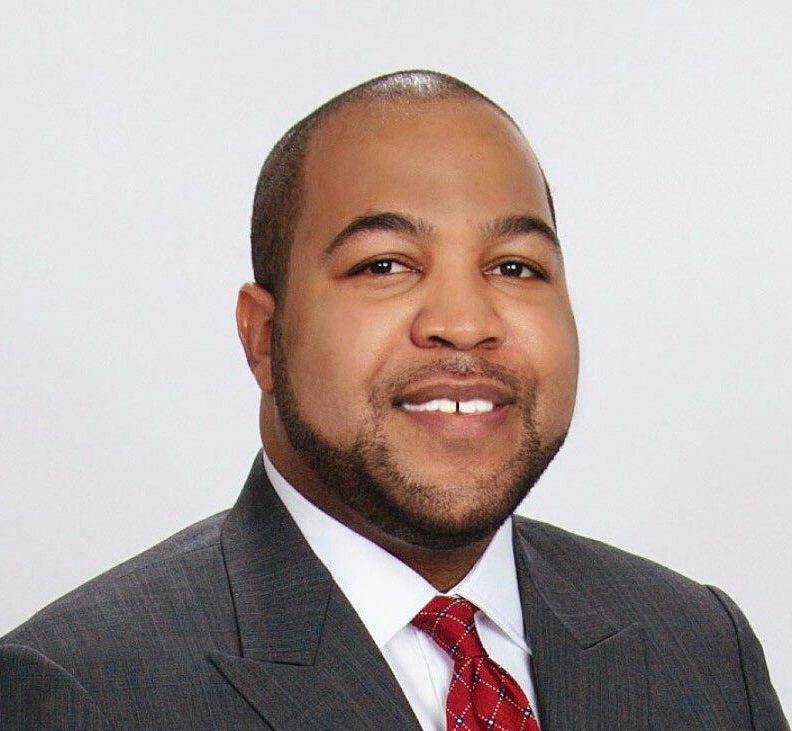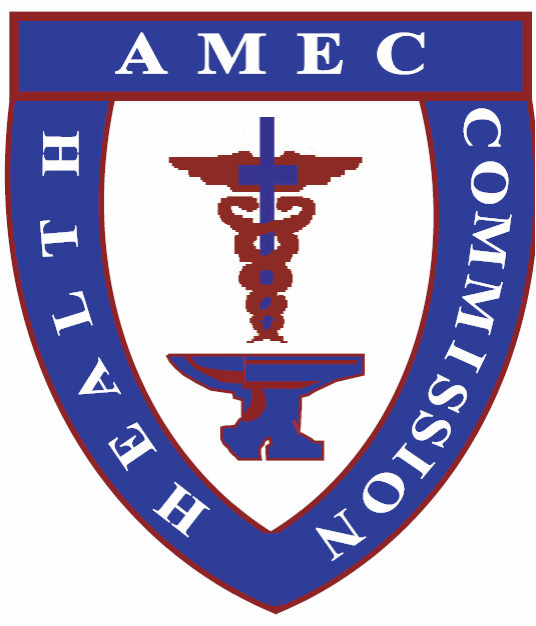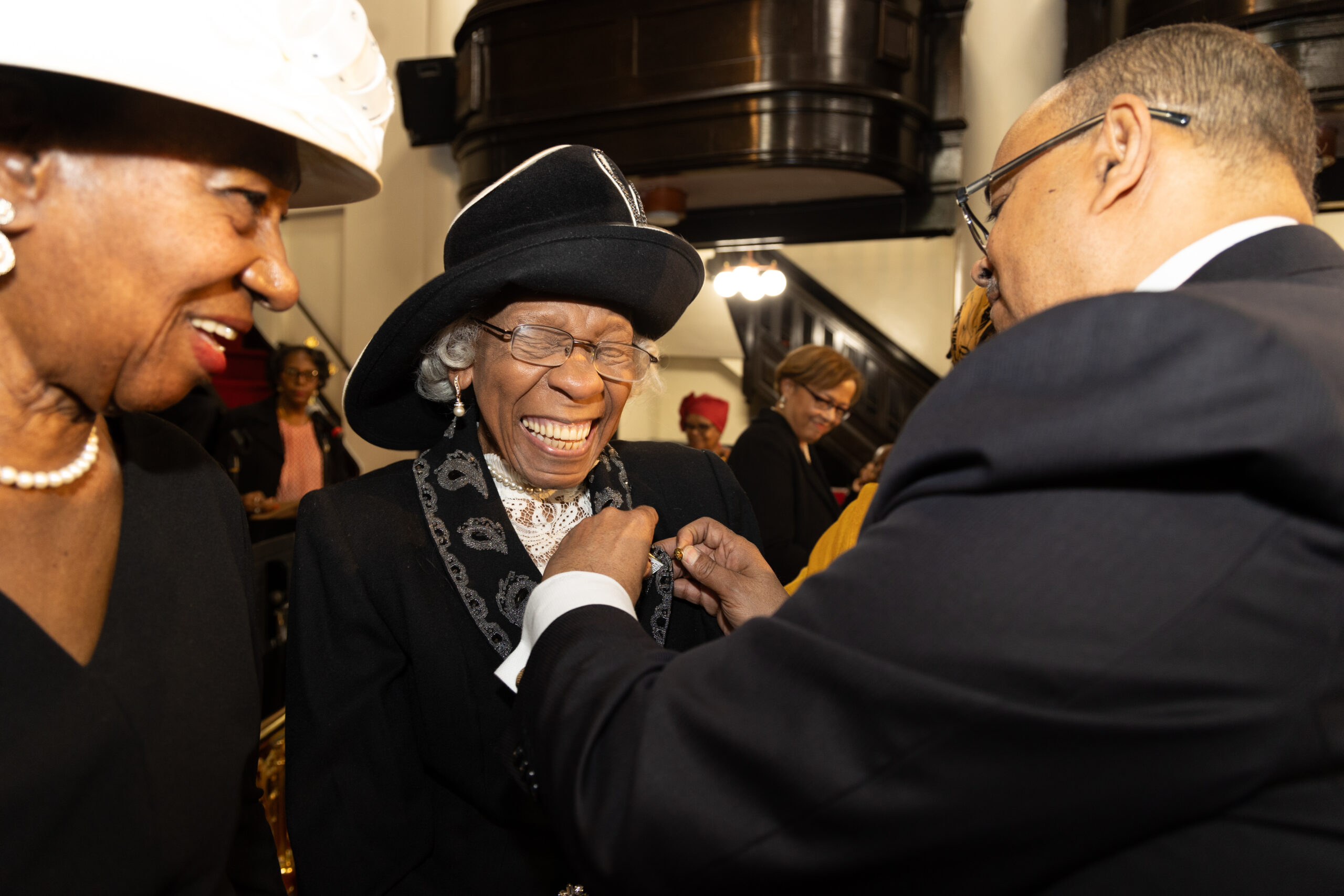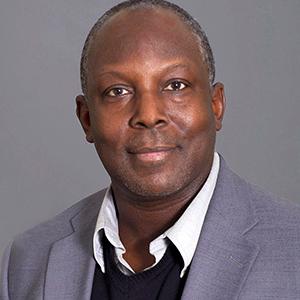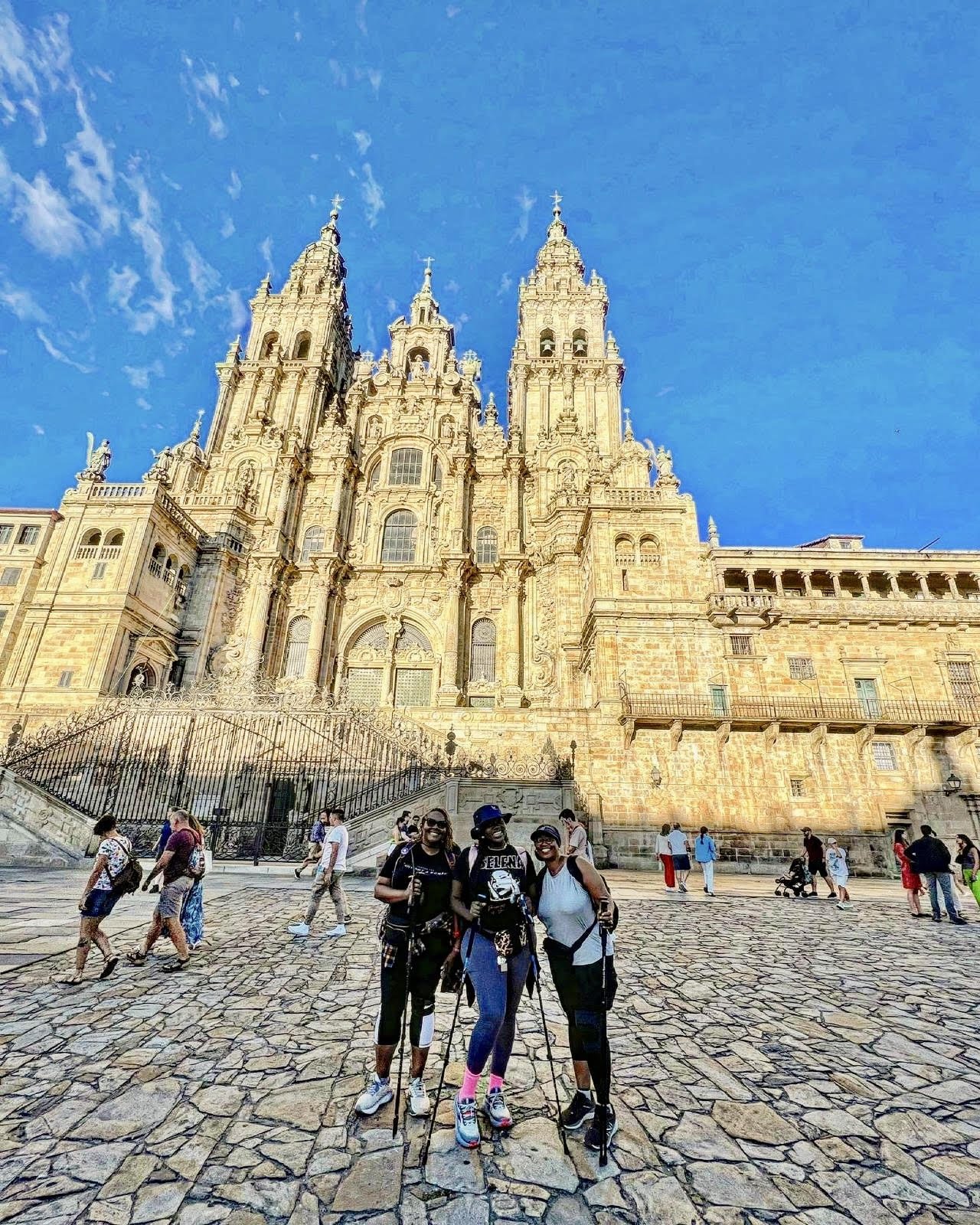Kneeling to make a stand: Colin Kaepernick in Context
On September 1, 2016, San Francisco 49ers National Football League (NFL) quarterback Colin Kaepernick refused to stand during the playing of the United States National Anthem to draw attention to institutional racism and its effects on African-Americans and minorities. Numerous questions swirled after the event: “Was it appropriate?” “Was it just a publicity stunt for a player demoted to second string?” “What would the 49ers do?” “Was Kaepernick even black?”
In the weeks that followed, these questions regarding the refusal to stand were answered. It emerged that during several preseason games Mr. Kaepernick sat on the bench during the National Anthem, but opted to kneel after conversing with a teammate to show more respect to current and former members of the military. In a USA Today interview, he stated, “I am not going to stand and show pride in a flag for a country that oppresses black people and people of color. To me this is bigger than football… There are bodies in the street and people getting paid leave and getting away with murder.” The 49ers franchise/management voiced their unflinching support behind Mr. Kaepernick. Poignant stories were revealed about his biracial white and African-American heritage and childhood in Milwaukee, Wisconsin—one of the most segregated cities in the United States according to an investigation by The New York Times in August 2016.
After Kaepernick’s initial protest, similar demonstrations spread across the NFL and other sporting events wherever there were public renditions of the United States National Anthem. Questions about patriotism and the appropriateness of the protest continue to emerge. It should be noted that NFL players began standing during the playing of the U.S. National Anthem in 2009 (previously they were in the locker room during the anthem) and that the Department of Defense publicly disclosed that between 2012 to 2015 it paid $10.4 million dollars for “patriotic displays” across professional sports leagues.
Mr. Kaepernick’s protest also highlighted the continued legacy of institutional racism that African-Americans suffer in the United States. Frederick Douglass’ seminal speech, “What does the Fourth of July mean to the Negro?” expresses the conflict between celebrating freedom in the United States while at the same time condemning slavery and the treatment of African-Americans. After his bitter experiences with slavery and the racism in the Methodist Episcopal Church, Bishop Richard Allen decided against moving to Africa and stayed in the United States: “This land which we have watered with our tears and our blood, is now our mother country, and we are well satisfied to stay where wisdom abounds and the gospel is free.” Centuries later the emergence and continued relevance of the Black Lives Matters movement shows that this tension continues.
Protests within sports are a familiar phenomenon for the United States. In the 1968 Summer Olympics, during the awards ceremony for the 200-meter race, Tommie Smith and John Carlos raised gloved fists in the Black Power salute. The last few years have shown an increase in public displays highlighting unease with the current state of affairs in the United States. For example, in 2010, the Phoenix Suns protested a harsh immigration law in Arizona by wearing “Los Suns” t-shirts. In 2014, members of the St. Louis Rams ran out of the locker room on to the field with their hands up in a tribute to Michael Brown.
It is good to see that professional athletes are using their platforms to raise awareness and provoke discussion—yet, making an issue visible is only the first step. Watching pastors preach in Kaepernick jerseys let me know that his protest voiced frustrations and heartbreaks that have been borne by generations of African-Americans. There are difficult discussions that need to be held about the nature of patriotism and citizenship and the future of African-Americans in this country. As a church with its roots in social justice, we too must find a way to add our voices to the calls for change beyond the four walls that our are sanctuaries.

